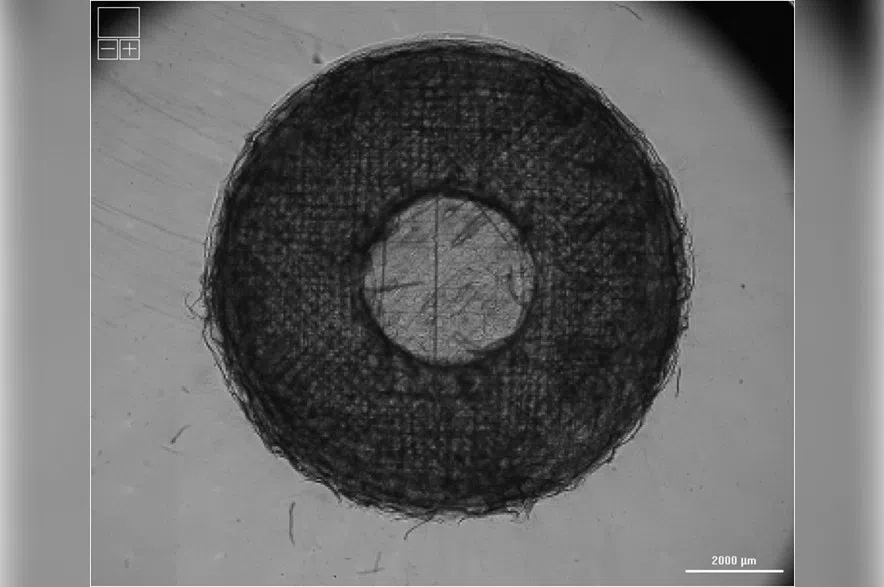Researchers at the University of Saskatchewan and the Vaccine and Infectious Disease Organization (VIDO) are developing a new model that could be used to improve the study of lung diseases.
Lung diseases such as cystic fibrosis and tuberculosis can be tricky to treat, the university noted, partly because the two-dimensional models that are commonly used don’t accurately duplicate the shape of human lungs, and models based on animals often react differently to diseases than human lungs.
Read more:
- Canadian virus research hub in Saskatoon turns 50 amid concerns over U.S. funding
- University enrolment cap rob schools of cultural diversity: USask
- USask researchers receive $1.5 million for rapid response wildfire research
“We’ve realized that we’re lacking a realistic model for lung diseases… and that means that we can’t really plan a better strategy for lung therapies,” Dr. Nuriana Dahlan, one of the VIDO scientists working on the project, said in a statement.
Using 3D printers and special bioinks that contain actual living cells, the researchers developed a model in which human lung cells can survive, “suggesting the model could be a suitable environment for growing new cells.” The next step will involve 3D printing another lung and testing it to determine how it responds to infectious diseases.

Dr. Nuriana Dahlan, one of the VIDO scientists working on the project, said a model that can perfectly mimic human lungs would be “a game-changer” for lung treatment. (Canadian Light Source/Submitted)
In the collaborative project, researchers at VIDO grew the living cells that were transplanted into the models, while the printing was done by the university’s College of Engineering. The researchers also made use of the University of Saskatchewan’s synchrotron to examine the models, in order to understand more about the tissues without causing any damage.
According to Dahlan, a model that can perfectly mimic human lungs would be “a game-changer” for lung treatment, allowing researchers to gain more information about how lung diseases function, develop new treatments and ultimately grow new lungs for patients in a lab setting.
“That will allow us to not only study diseases, but also to use lab-grown lungs as a replacement for transplantation,” Dahlan explained.
“Either way, having a more accurate lung model allows us to make personalized treatment strategies: we can test whether a particular drug is suitable for a specific patient. Ultimately, this model gives us better options for lung disease prevention and treatment.”











